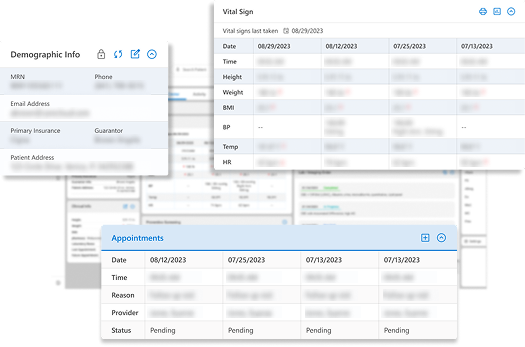-
- NASDAQ: CCLD $3.04
- 1-877-342-7517
“Sensory integrative techniques to enhance sensory processing and promote adaptive responses to environmental demands, direct (one-on-one) patient contact, 15 minutes.”

04 units are allowed per date of service by CMS but more can be billed if justified by medical notes.
Medically necessity is considered in diseases or illness which cause functional physical/cognitive disabilities in patients:

A minimum of 8 minutes of direct contact with the patient must be provided for a single unit of 97533 to be billed.
Units | Number of Minutes |
1 unit | ≥ 08 minutes through 22 minutes |
2 units | ≥ 23 minutes through 37 minutes |
3 units | ≥ 38 minutes through 52 minutes |
4 units | ≥ 53 minutes through 67 minutes |
5 units | ≥ 68 minutes through 82 minutes |
6 units | ≥ 83 minutes through 97 minutes |
7 units | ≥ 98 minutes through 112 minutes |
8 units | ≥ 113 minutes through 127 minutes |
The pattern remains the same for treatment times of more than 2 hours.
“AMA guidelines state that incremental intervals of treatment performed on the same session may be added together when determining total time in direct contact of a qualified healthcare provider with the patient is necessary. Each unique timed service is counted separately instead of combining the time from multiple units”
MODIFIERS | PLAN OF CARE |
GP | Outpatient Physical Therapy |
GO | Outpatient Occupational Therapy |
GN | Outpatient Speech-Language Pathology |
CQ | Outpatient Physical Therapy by a Physical Therapist Assistant (completely or partially) |
CO | Outpatient Occupational Therapy by an Occupational Therapy Assistant (completely or partially) |
For reimbursement following elements must be documented the Physical Therapy Notes:

We’re Here to Help
Our experts are ready to assist
you in real-time.
